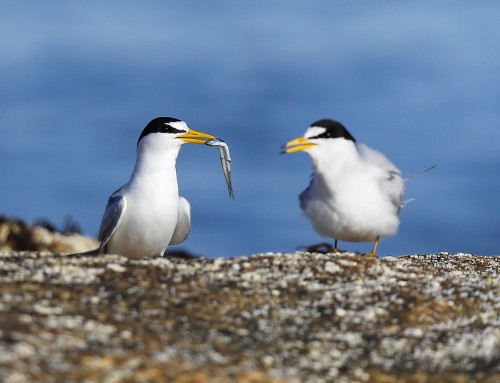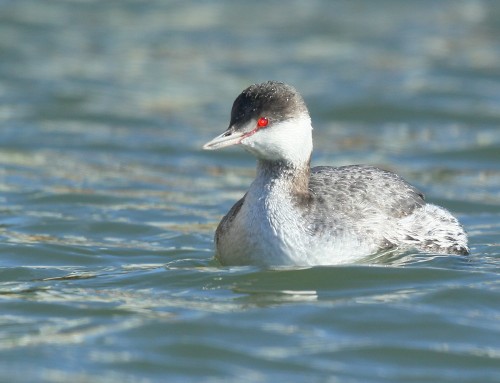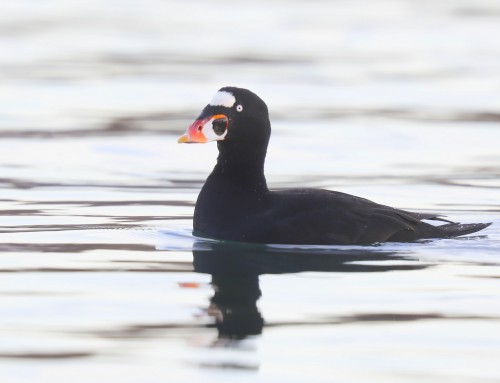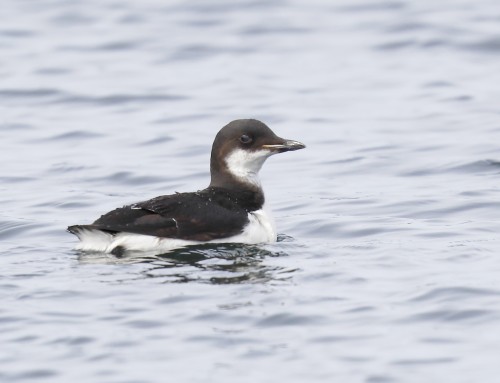Dec. 6, 2024: Long-tailed Ducks wintering around Buzzards Bay follow a daily rhythm of deep diving for food, socializing, resting, and roosting, adapting to ever changing marine conditions and seasonal challenges. This male was recently seen cruising near shore in outer Quissett Harbor.
Long-tailed Ducks (Clangula hyemalis) are a striking species that make Buzzards Bay on Cape Cod their wintering grounds. Their daily behavior follows a predictable rhythm, adapted to the rich marine environment and variable winter conditions.
Morning Foraging
At dawn, Long-tailed Ducks leave their overnight roosting sites, often located in sheltered bays or deeper waters away from predators. They travel to foraging areas, where their primary activity is diving for food. Using their adept diving skills, they plunge to depths of up to 200 feet, hunting small crustaceans, mollusks, and marine worms. They are often seen in groups, their soft chatter carrying across the water as they work the benthic zones.
Midday Socializing and Resting
As the sun rises higher, foraging slows, and the ducks spend time socializing. They gather in loose flocks, communicating with their distinctive calls—a mix of whistles and quacks. Some individuals engage in preening, spreading protective oils over their feathers to maintain buoyancy and insulation. Resting often occurs in calmer, more protected parts of the bay.
Afternoon Foraging
Later in the day, Long-tailed Ducks resume foraging, taking advantage of changing tidal currents that stir up marine invertebrates. Their foraging bouts during this period are more intense, ensuring they consume enough energy to sustain them through the long, cold night.
Evening Roosting
As daylight fades, Long-tailed Ducks return to roosting areas. Here, they form dense groups on the water, benefiting from safety in numbers. These areas are typically chosen for their relative calm and protection from harsh winds or predators.
Adaptations and Challenges
Long-tailed Ducks are well-adapted to Buzzards Bay’s dynamic winter environment. Their plumage provides excellent insulation, and their ability to dive deeply allows them to exploit food sources unavailable to many other species. However, storms, shifting ice, and human disturbances like boat traffic can affect their daily routines, forcing them to adjust their behavior to survive.
In Buzzards Bay, Long-tailed Ducks are a winter spectacle, embodying resilience and the intricate balance of life in coastal ecosystems. Observing their daily habits provides insight into the challenges and wonders of their migratory journey.







Leave A Comment
You must be logged in to post a comment.